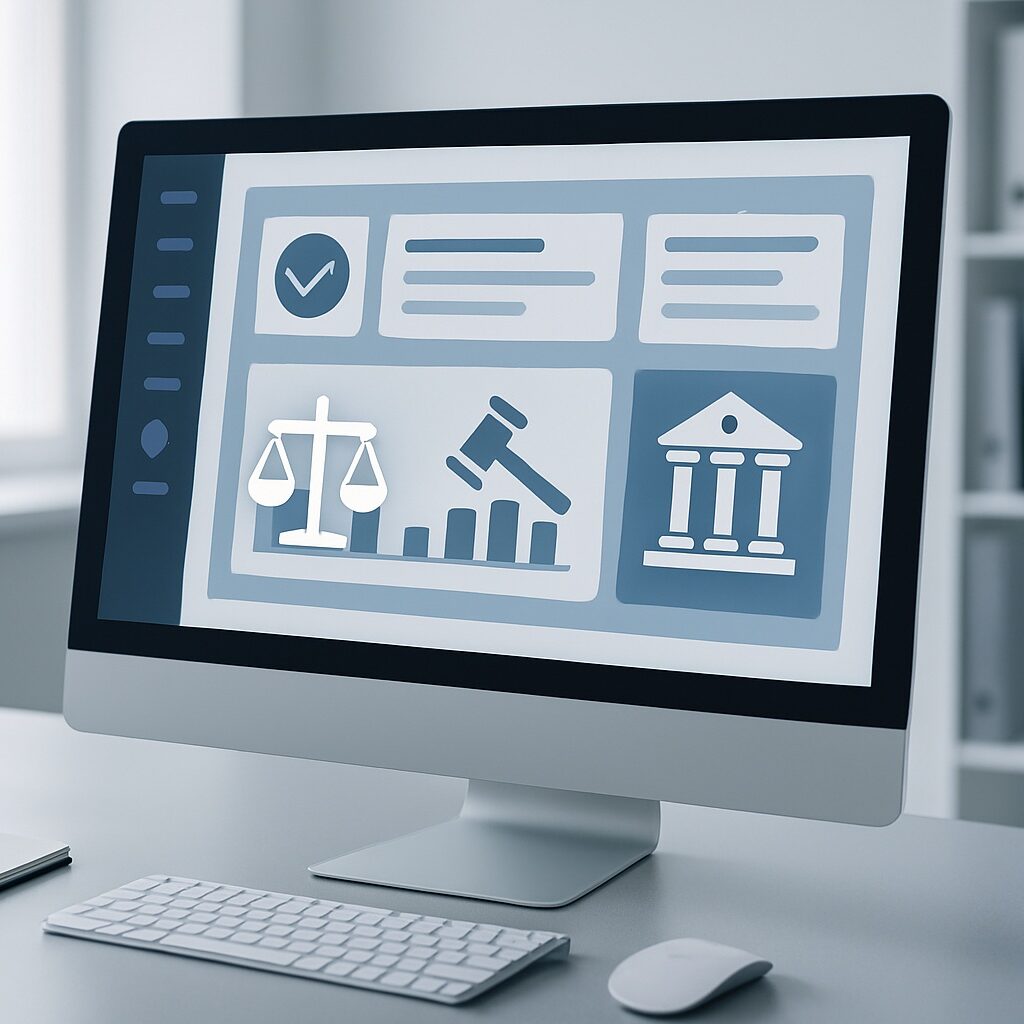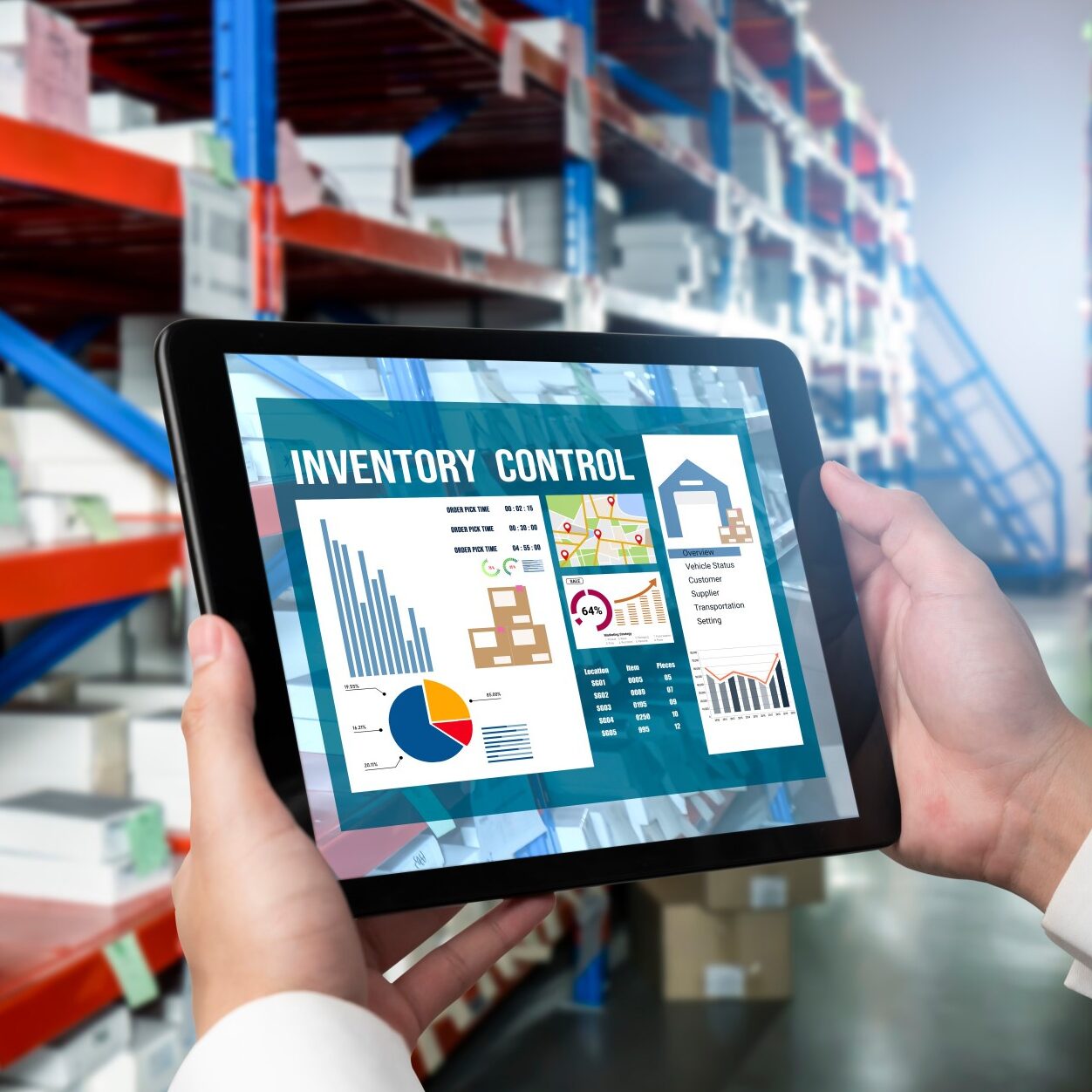Interfaces | Interface
In information technology (IT), an interface refers to a point at which two or more systems, devices or components can communicate with each other. An interface therefore defines the way in which data is exchanged between different systems or devices.
Interfaces are very important in IT because they allow different systems or devices to be connected and thus communicate with each other. They form the basis for integrating systems and facilitate collaboration and the exchange of data and information.
There are different types of interfaces, which differ according to the type of communication, the transmission technology or the protocol used. For example, there are interfaces for communication between computers, between computers and peripheral devices such as printers or scanners, or between different networks. An example of an interface is the USB interface, which allows devices such as a mouse, keyboard or external hard drive to be connected to the computer.
Overall, then, interfaces in IT are important for enabling the communication and exchange of data and information between different systems and devices, thus simplifying the integration and collaboration of systems.
BITS experts have used interfaces in a variety of projects. A selection of case studies and references can be found below.
“We are happy to support you with your digital challenges and look forward to hearing from you without obligation.”
Marc Schallehn, Managing Director BITS GmbH

Gerne unterstützen wir Sie bei Ihren IT Projekten. Ich freue mich über Ihre Kontaktaufnahme.
Selection of case studies and references
Regulatory affairs under control – a digital solution for international requirements and compliance processes
BITS implemented a digital platform for the structured management of international regulations - for greater transparency and secure compliance processes.
Understanding competition, comparing markets – the smart benchmark solution from BITS
In this project, BITS has developed a web application for efficient competition and benchmark analysis that enables in-depth market comparisons.
Advice on IT strategy
Advice on IT strategy Flexible, innovative and sustainable - IT strategy consulting from BITS In today's rapidly evolving digital world, a solid IT strategy is essential to remain competitive in the long term. [...]
Data management
Data management Your data, your success - efficient data management with BITS In today's data-driven business world, efficient and well thought-out data management is the key to success. BITS GmbH supports companies in [...]
IT infrastructure and cloud services
IT infrastructure and cloud services Well positioned with security - IT infrastructure and cloud services from BITS In today's digital era, a solid IT infrastructure is the backbone of any successful company. [...]
IT Project Management & Organization
IT Project Management & Organization Minimize risks, maximize success - holistic IT project management with BITS Successful IT projects require careful planning, targeted implementation and proactive risk management. BITS GmbH offers you comprehensive [...]
Collaboration management in IT projects
Collaboration management in IT projects Efficient collaboration for complex IT projects - successful implementation with BITS In today's complex IT landscape, the smooth interaction of different parties and systems is crucial to the [...]
Artificial intelligence & machine learning
Artificial intelligence & machine learning Competitive advantages and increased efficiency - innovative AI solutions with BITS In an increasingly digitalized world, artificial intelligence (AI) and machine learning (ML) are crucial technologies for keeping [...]
Process optimization of IT projects and IT systems
Process optimization of IT projects and IT systems More efficient, faster, better - process optimization with BITS In a constantly changing technological landscape, increasing the efficiency of IT projects and systems is essential [...]
IT Quality Assurance
IT Quality Assurance Error-free and future-proof - IT quality assurance with BITS In today's IT landscape, quality assurance is a decisive factor for the success of projects and the satisfaction of your [...]
Software development
Software development The perfect solution for your requirements - customized software from BITS In a digitalized world, it is crucial to use software solutions that are not only powerful, but also precisely tailored [...]
Technology modernization
Technology modernization From legacy to leading edge - smart IT modernization with BITS At a time when technological developments are advancing ever faster, it is essential for companies to modernize their IT infrastructure [...]
Seamless connection of a Shopware 6 online store with the SAP Business ByDesign ERP system
In this project, BITS successfully connected the online store of a medium-sized manufacturing company to their SAP ERP system.
Migration of a Java business application to Docker as well as startup within a Kubernetes cluster
In this project, the task was to migrate a hotel management software consisting of Java backend, relational database and Angular frontend from a native server environment to a Kubernetes cluster. At the same time, the Kubernetes cluster was designed, rebuilt and commissioned.
Programming, operation and further development of the curated recruiting platform swarmscout.com for personal network recruiting
On behalf of opexxia GmbH, a consulting and implementation agency for complex operational projects in the retail sector, BITS GmbH as IT development partner implemented and successfully put into operation the Internet recruiting platform swarmscout.com.
Development of a web application and a mobile app to improve breast cancer patient follow-up.
Together with Apps in Medicine GmbH, AOK Bayern, DAK Gesundheit and Siemens Betriebskrankenkasse (SBK), under the direction of the Klinikum rechts der Isar of the Technical University of Munich (MRI), BITS participated in the PRISMA study as a consortium partner for the technical infrastructure.
Supporting an automotive manufacturer with end-of-support migration
On-schedule service migration with the support of BITS in the areas of IT project management and IT consulting
Development of a web application for automated exchange of information between partner brands
A web application developed by BITS was expanded to include a Group-wide shortage management process.



















